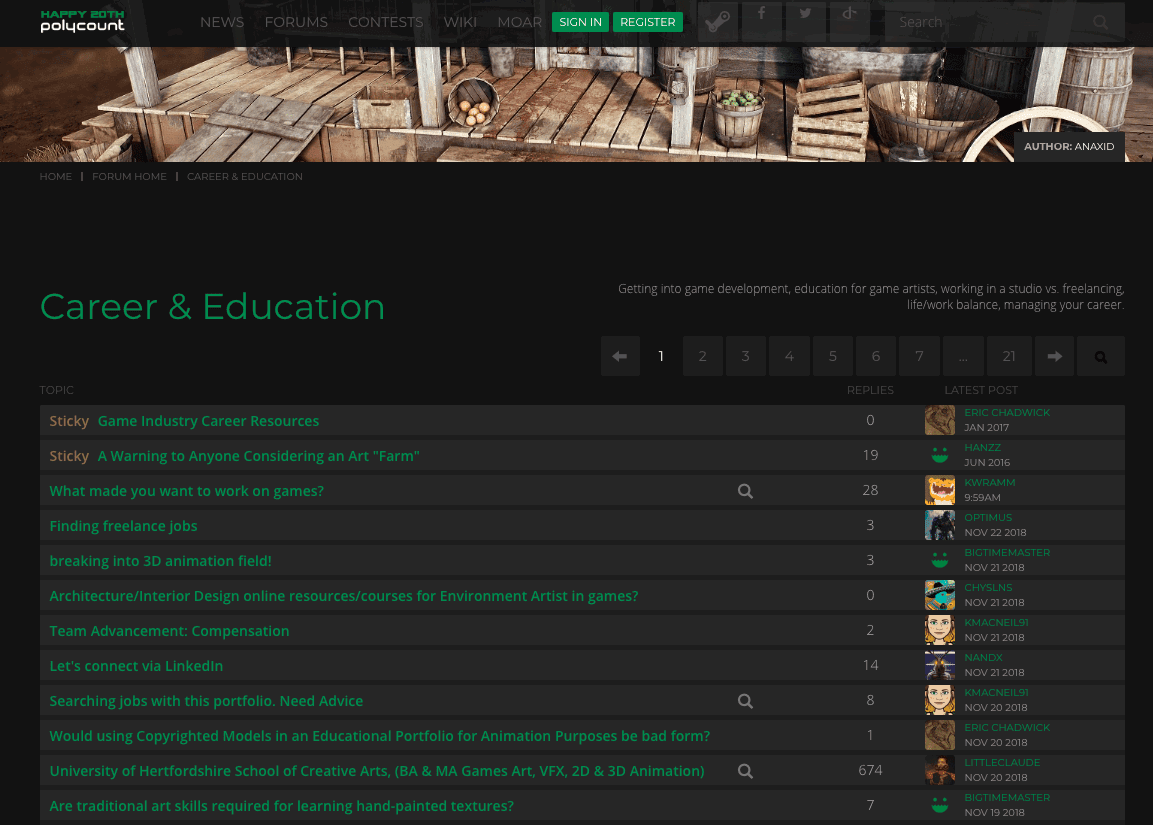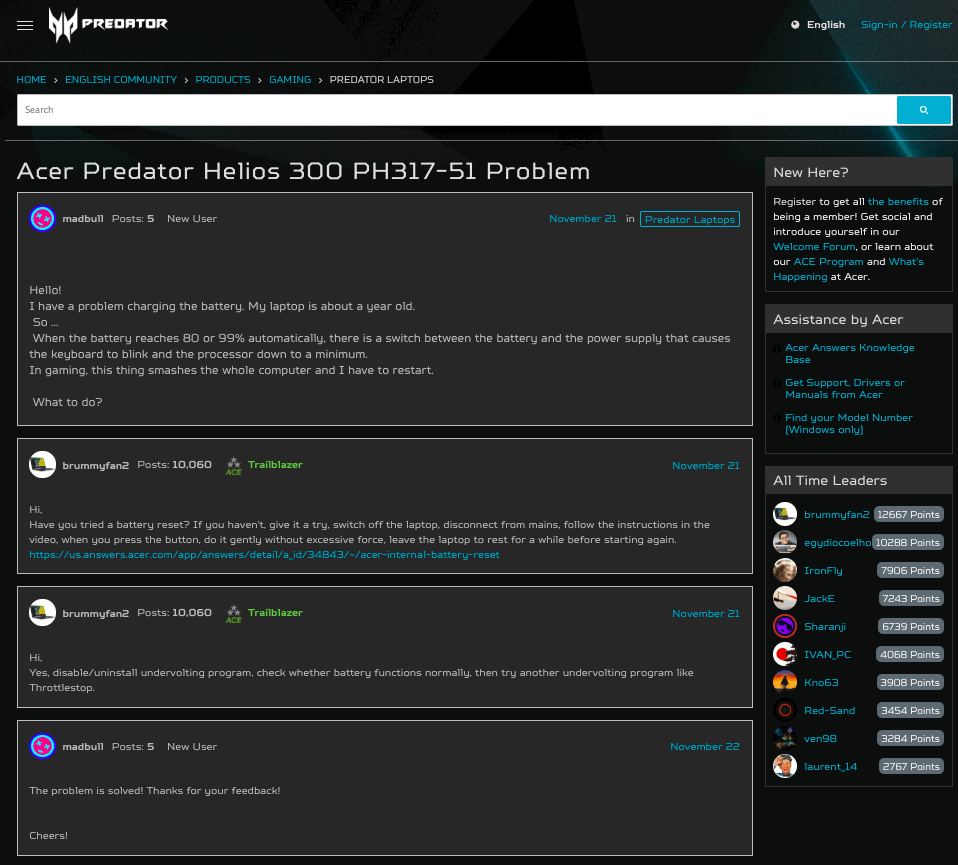Don’t Ship Your Online Community Forum Without C.A.R.G.O!
To make planning the launch of a community easier, I have developed a simple framework called C.A.R.G.O. (Concept, Acquisition, Retention, Goals, Outcome) to assist in launching customer communities.
The idea is you MUST answer these 5 questions in your community plan before you launch. Certainly, you can go nuts and write out a massive community plan, but then you still want something concise, which you can use quickly and also share with your executive team.
Let’s jump right in. To create a C.A.R.G.O community plan, we need to consider these 5 attributes:
Concept
What is the subject of the community? Too often, a community concept is either too close to, or tied directly to, a company’s goals and not enough about members’ goals. Higher Logic builds communities with an MVP (Most Valuable People) principle which basically looks to build communities for the people that matter most to you and focuses on the things they care about—as opposed to cold business objectives.
So for example, should a company like P&G create an online community for customers using Crest, or would it be better for them to create a community for dental health? Should a company that makes plumbing equipment create a community for support on their products, or would they be better to create a space where plumbers can share tactics, images, projects and get advice? Spend some time on the concept, and don’t do it in a vacuum.
Before you get to your concept, you will have hopefully spent some time in discovery. This entails talking to your potential audience, maybe even launching a small group to see if your concept has stickiness or interest. You can find this group within your companies own list of natural influencers or in online communities that already exist. Don’t skip this step, as nothing feels more demoralizing than launching an online community that no-one sees as necessary or cares to participate in.
Some of the questions you can ask your potential audience include:
- Would they find such a place helpful to achieve their daily struggle?
- What are their personal or business problems?
- What kind of resources would be helpful?
Don’t get hung up on telling them the concept during early discovery—let them tell you what the issues are that matter to them. Talk with your audience via survey, email or phone interview to understand their pains; once you have a handle on those, you can propose concepts back to them to see their reaction.
You’ll also want to ensure you have explored the concept with the MVP’s in your company. While they may also have great ideas or concepts, getting their support is critical; you need to have their support when you launch. That being said, think about what your boss and your bosses boss cares about.
Also, if you’re someone who lacks the technical skill or authority to speak on the community subject matter, you’ll need support. Make sure you have allies that you can rely on, because while eventually your community will have natural experts, you have to build that space first. It will certainly be more difficult to create a community where users ask questions if you have no one to rely on for answers or support in the beginning.
Acquisition
What’s a party without guests? For a community to be successful we need people to actually take part. This is a key concept in getting the passion and fire going inside of people to partake in this wonderful concept you’ve created. But how to get people to participate?
For that to happen, we need to consider things like:
- How will we get people to care?
- What are the emotional triggers we hope to evoke?
- What do we want people to feel/experience when they join our community?
This is the not-so-easy-part, but the interviews during your concept stage should help put you on the path to solving the kinds of problem and pains people have. Your goal is to ensure that the community can be the solution to these problems.
If you’ve ever created a small test (and closed) group on Slack or Facebook, you can take and apply those learnings to help you acquire the audience that you want for your community.
One idea I’ve always liked, is one that Richard Millington has identified — work on emotions and tie your concept to them, and hence this will provide you a roadmap to acquire your audience.
Richard has noted there are three big emotions to consider with community building: excitement, fear, and frustration. They will manifest themselves as inspiration, validation, and resolution. Richard recommends that you should aim to create communities around these three things:
- Excitement and Inspiration: Focuses on best ideas, advice and encouraging repeat visits. Content is around “best of” lists, or “best advice.” The goal is to have experts share their best advice and become leaders in the space so that people recommend you as the go-to space. Your content/acquisition strategy should work to create a place where people come to be inspired by the latest news and discussions. It should be a space where people will want to come back to, as it makes them feel good and empowers them to do their best.

One community I have always found inspiring is Polycount. Polycount is the premier video game art resource & community. In this space, hobbyists and professionals share their work, view trends and get the best advice from experts in the field.
- Fear and Validation: Works by focusing on fear, and the validation people can get from the community, where the people of your community can compare how they are doing against others, and also get validation on their choices. This is handy, especially for people potentially working alone, and thus the community becomes their go-to space to not feel so isolated. The content is reviews, experience using various tools, working out loud threads, and seeking advice from others.
- Frustration and Resolution: Mostly support communities fall here, and focuses on what happens when X isn’t working. It tends to focus on resolving the issue at hand. The content focus is featured solutions, video how-to, and FAQs. This is also where a lot of support communities will end up.

When it comes to support, one company that’s doing a great job is Acer, who works to make sure that their customers are getting resolutions as quickly as possible. By empowering a strong ambassador program, they are able to reduce customer frustrations and focus on getting easy and painless solutions. They reward and recognize their Ambassadors (a.k.a Aces) for participating, with both intrinsic and extrinsic rewards.
At the end of the day, whatever emotion you choose, you want to tap into why people should care and why they’ll participate in your community.
Retention
What will keep them coming back? This builds on the aspect of acquisition, in terms of creating content that matters and becoming known as the space to be, and building those connections using the emotions we’ve identified. It may also come with aspects of using the tools identified in your discovery, such as a newsletter, marketing automation triggers or even featured content on your main website. What are the things that will keep the community top of mind so they come back?
Some ideas:
- Reaching out to key members to ask them to help with a question they have specific knowledge to answer
- Create a weekly or monthly newsletter with key content
- Produce video content and solicit customer feedback within the community
- AMA with senior individuals in your company
- AMA with experts in the field
- Offer some form of intrinsic rewards where more contributions lead to more access to content/staff.
Goals
What are the main goals that matter to the internal MVPs, and how do we translate that to external MVPs (the people who will participate in the community)?
For example, providing a space for feedback on the product might be something that external MVPs want, but your internal MVPs want actionable product ideas. Providing a space to be heard, and a place where people can vote up ideas and add information as to why those ideas matter, would satisfy both. You don’t need a laundry list of goals, but they should be impactful. Be laser focused on that goal. It’s these short-term to mid-term goals that will help you propel your community success.
Outcomes
Speaking of success, what are the specific outcomes that will define your community success? You want to visualize what success will look like in the long-term.
Ask your Internal MVPs (i.e. executives, managers of departments) what would make them happy. The focus is on the longer term outcomes that will have a deep impact on the company. This will be your anchor, which you can measure, modify and respond to. However, this is not an anchor to drown yourself with.
If your outcomes are not looking achievable or don’t work, after an agreed upon time for review, have a frank and honest discussion to modify them to things you can deliver on. You should be sharing outcomes regularly with your Internal MVPs—don’t wait a year! Having regular meetings on community progress with these stakeholders is important to ensure your community is at the heart of the company goals and not something they can do without.
The true test I use is this: If the role of the community person is vacant in your company, your company should feel that they need to work feverishly and immediately to fill it, because it’s so important to the company’s overall success. Shoot for that outcome!
Here is an example I made for the ACME corporation—a company making software for front-end designers.
- Concept: Software company that makes tools for front-end designers. The community will be a space for Front-End Designers to get help, learn from one another and share their expertise.
- Acquisition: Start with inviting front-end Designers who use our product to show their expertise and be inspired by others, by elevating amazing projects. We will do this via an invite campaign from our accounts team, and mail an invite to all new software buyers. We will also funnel all ideas and suggestions from customers and potential customers to this channel. Eventually we will create a space for non-tool users to share their work, ideas and best practices. Aim for Q1 of this year.
- Retention: We feel by creating a go to space, we will become THE place for front-end designers to visits. Our goal is to ensure there’s daily content for inspiration. We will also offer unique content and reward contributors who make amazing content with access to the company product, exclusive deals and more. We plan to create an industry leading newsletter from the content to help attract more people in.
- Goals:
- Support deflection is important for our head of support. Have the community become a source of self-support by elevating our external MVPs and have them assist in answering the majority of questions. We will encourage this by recognizing the question answers with point, badges and perks – for the more answers given. We plan to introduce the program 30-60 days after community launch.
- Our product team wants product suggestions and to find the features that will make the product stickier. Major focus on what incumbents do that we can do better. We’ll create a space for customers to share product ideas. Goal is to turn over a minimum of 5 ideas a month to the product team.
- Outcomes:
- Our main successful outcome is to see that the community answers 75% of questions without our own team needing to jump in by end of Q2 of next year.
- For our product team we expect by October to start a monthly report on new ideas. Aiming for 1-2 accepted product changes a quarter starting by Q1 of next year.
Don’t fret if you can’t get all the answers right away, but you can use this framework to assist you in speaking with your stakeholders before you launch. The C.A.R.G.O process is something that you do not need to work on alone. It’s something that will be informed by your discussions with others, and may even evolve from those discussions. Each community is so unique, and these 5 criteria will give you plenty to consider. I hope it helps you in your community building and planning.
It’s a simple 5 word acronym with lots of power. If you need to summarize it quickly, here is your C.A.R.G.O plan for success:
- Find a solid Concept that ensure what you are creating matters
- Consider how you will Acquire the people who will come to your community
- How you will Retain their interest, so they keep coming back
- What will be your measurable Goals, and tie one to each important department you deal with
- Envision an Outcome of what your long-term success will look like
I promise that if you use this framework as we do, you’re more likely to succeed, find issues more quickly and have great conversations about the community you are building before you launch. So please don’t ship the community until you have some C.A.R.G.O — it’s a better path to success!
Happy community building!


